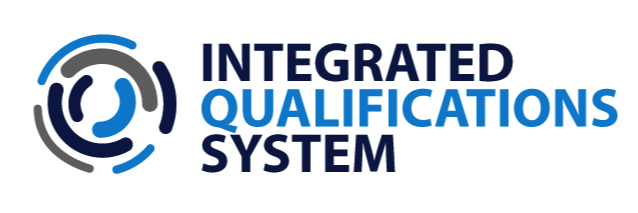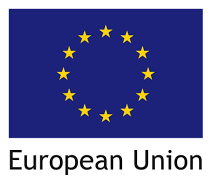Validation is a process designed to verify if particular learning outcomes, specific for a given qualification, have been acquired. The procedure is addressed particularly to those individuals who plan to change their position, move to another line of business, wish to be promoted, are subject to or are threatened by occupational exclusion or intend to return to the labour market after a long absence caused by personal reasons. With validation, you can have your skills, acquired outside of the education system, e.g. through self-learning at home or over the Internet, acknowledged.
What are the validation methods?
Competence may be acknowledged through various methods: tests, debates, interviews, observations, presentations, simulations as well as an analysis of declarations or evidence provided by the interested person.
Interviews, debates and presentations
These methods enable adjusting the validation process to the candidate, whose skills are to be verified. They are more thorough, yet highly subjective – which, obviously, is a drawback. There is no way to standardise the process criteria. What is more, personality traits of both the examiners and the candidates may have a strong impact on the final result.
Observation
Enables verifying specific competences and skills of an employee, which cannot be verified with other validation tools. In most cases, an observation is conducted at the workplace and consists in performance of particular tasks by the individual subject to validation. An observation is a highly reliable method, which allows assessment of numerous learning outcomes simultaneously. At the same time, for the person undergoing validation it feels like an ordinary day at work and there is no stress caused by an unnatural, artificial situation created for the purpose of validation. On the downside, this method is time consuming and prevents a completely objective evaluation of the skills displayed by the employee, as numerous factors can impact the result in the course of an observation.
Simulation
This method is applied where the use of observation would be insufficient. It is a reliable method also useful for testing one’s resistance to stress or the ability to respond quickly in unusual or emergency situations. High costs and labour intensity related to conducting a simulation may discourage from using this validation method.
Declaration analysis
A declaration by the interested individual is not considered a sufficient ground for the acknowledgement of a given skill but it may streamline the validation process by adapting its course to a particular individual. This method is also beneficial as it makes it necessary to analyse one’s competence more thoroughly and draw conclusions regarding one’s future. It must be noted though that, in many cases, this is not a reliable validation method.
Evidence analysis
The evidence for the attainment of particular learning outcomes is collected by the interested individual in the form of a portfolio, a customised competence record or in a similar form. In some cases, a validation counsellor can assist the candidate in this task. It is a great assessment method for those candidates, who aspire after their dream job and who would like to be able to present the skills which they have acquired through self learning.
What are the advantages of evidence analysis method?
It is inexpensive, relatively reliable and quick. Yet, the analysis alone may be insufficient in some cases, as it may be necessary to shed additional light on certain issues through an interview with the candidate and this can be time consuming. Additionally, the process of preparing the documentation takes considerable time, which may be discouraging for potential candidates.
The course of the validation process may differ. Depending on the needs of the employer and the nature of the job in question as well as individual qualities of the interested person, the validation process should be different. As a general rule, the greatest emphasis should be put on practical skills of the employee. It is definitely advisable to learn about pros and cons of each validation method prior to choosing any one.












